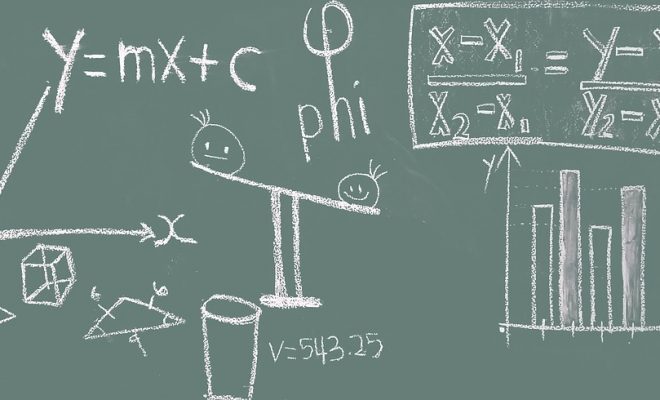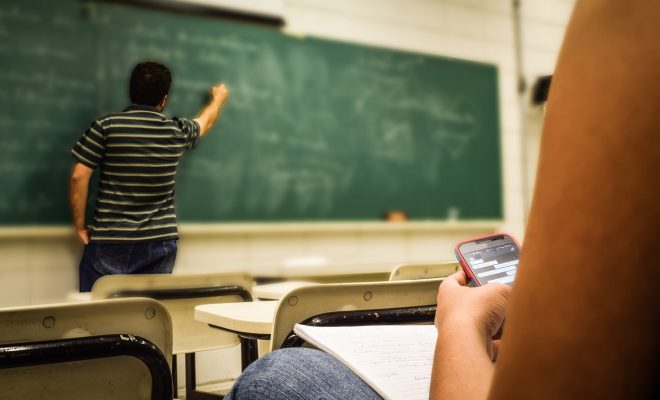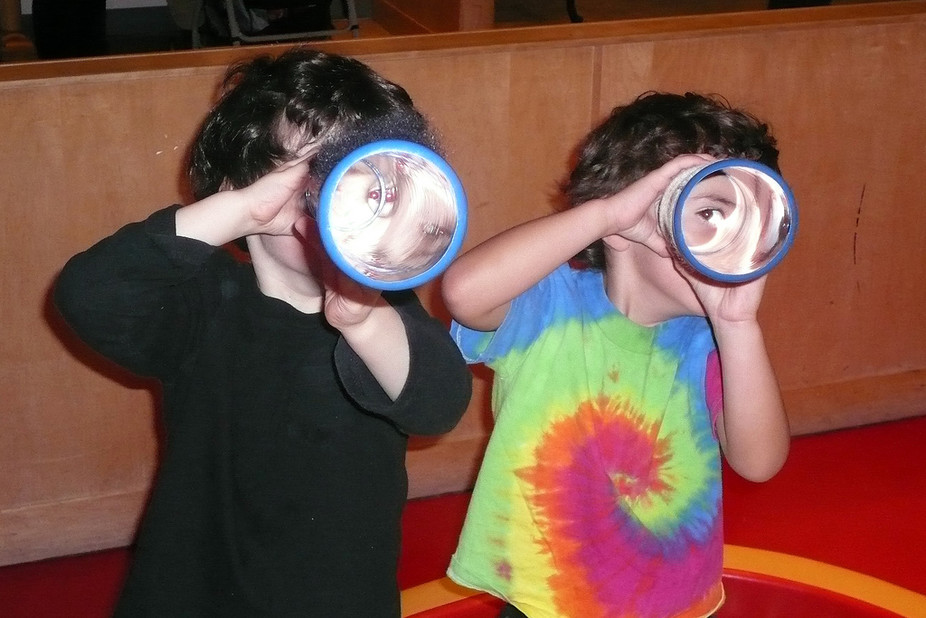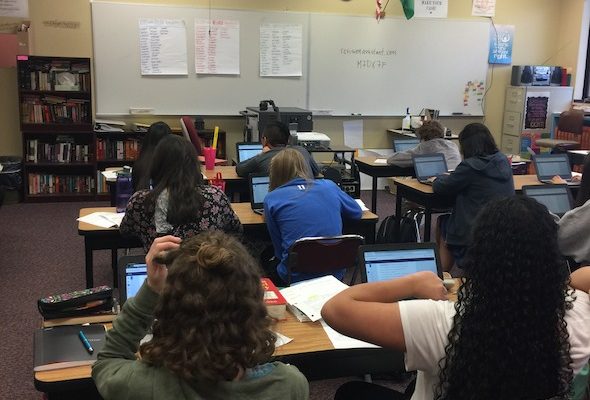Real-world strategies to make math relevant

Have you wondered why some children try to avoid math?
It seems like they’d rather do anything except solve mathematical problems. Part of the reason for the way students feel about math is because math shows errors.
Many students complain that they feel like they’re never right in math. They have to come up with black or white answers through a series of steps. The answers are either right or wrong.
There’s no “almost” in math.
As it turns out, the students’ fear is not about mathematics itself. It’s about the frustration that goes with math. Calculation requires critical thinking. That can be hard unless students are used to putting in rigorous effort.
The real question, though, is how do we get students to the point that they look forward to the rigor and the challenge math provides?
The answer may lie in these four strategies.
Teach the vocabulary
First, math terminology can appear arcane to students if they’re unfamiliar with the vocabulary. To make matters worse, vocabulary words like numerator and denominator are unique to mathematics. They aren’t used in any other subjects.
To make math relevant, teach students that math is a language, with a unique vocabulary based on patterns. Mathematical expressions describe those patterns, helping students decode meaning.
The trick to teaching mathematics vocabulary explicitly lies in helping students connect the words to their own lives. You’ll help students build fluency in this new language as they take on mathematical challenges.
Make it visual
Secondly, visual math is concrete math. Students need to “see” concepts to understand them, but too often, teachers skip the visual and go straight to the word problem.
You are doing your students a disservice if you fly through the charts, graphs, and tables containing mathematical data.
These visuals bring concepts alive, and they help students visualize the concepts in ways that numbers alone cannot do. As students read word a problem, they can draw their own visual interpretations of the information needed for problem-solving.
Make it real
One of the best ways to make math relevant is to show students how it connects with their lives. Teacher Justin Ouellette recommends using real-life math activities. Have students select restaurant meals and then calculate their total bills, including the tip.
Other real-world strategies include creating a budget, determining car payments, and connecting across disciplines.
Make it about the process
Finally, many students solve only the first one or two steps in a complicated math problem. Then they’re done. They haven’t completed all the steps, so they’re nowhere close to getting the correct answer. Other students may race through each of the steps without successfully finding the right answer.
It’s critical that teachers help students focus on the process in both of these scenarios. Children need multiple and frequent opportunities to work through the steps, check their answers along the way, and determine the best answer.
By having students work in pairs or small groups, teachers can encourage self-correction, and this effort makes math relevant.
Mathematics requires authentic learning that students can not only use in their daily lives but also make real-world connections.






